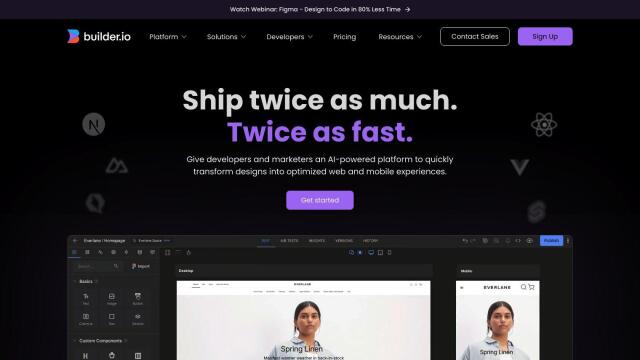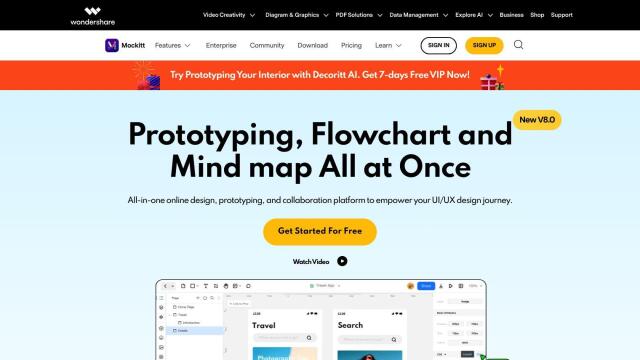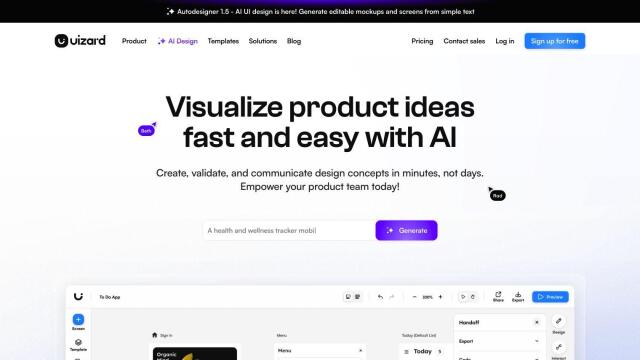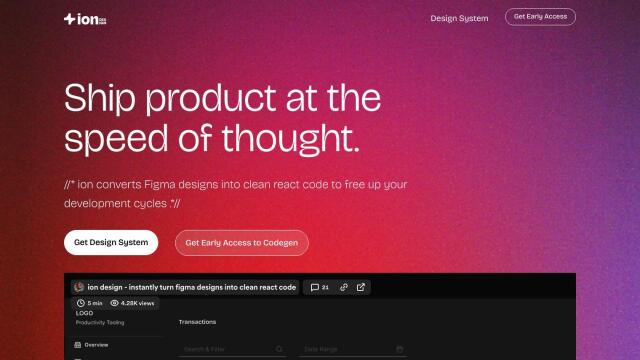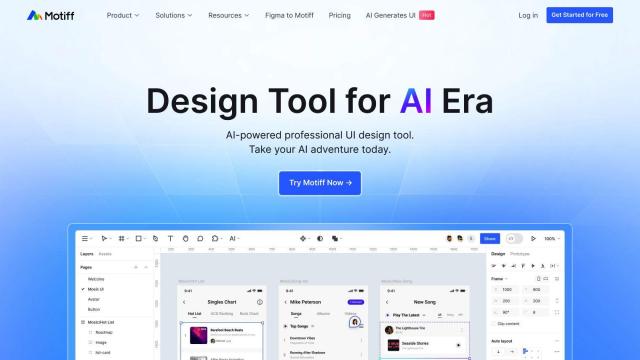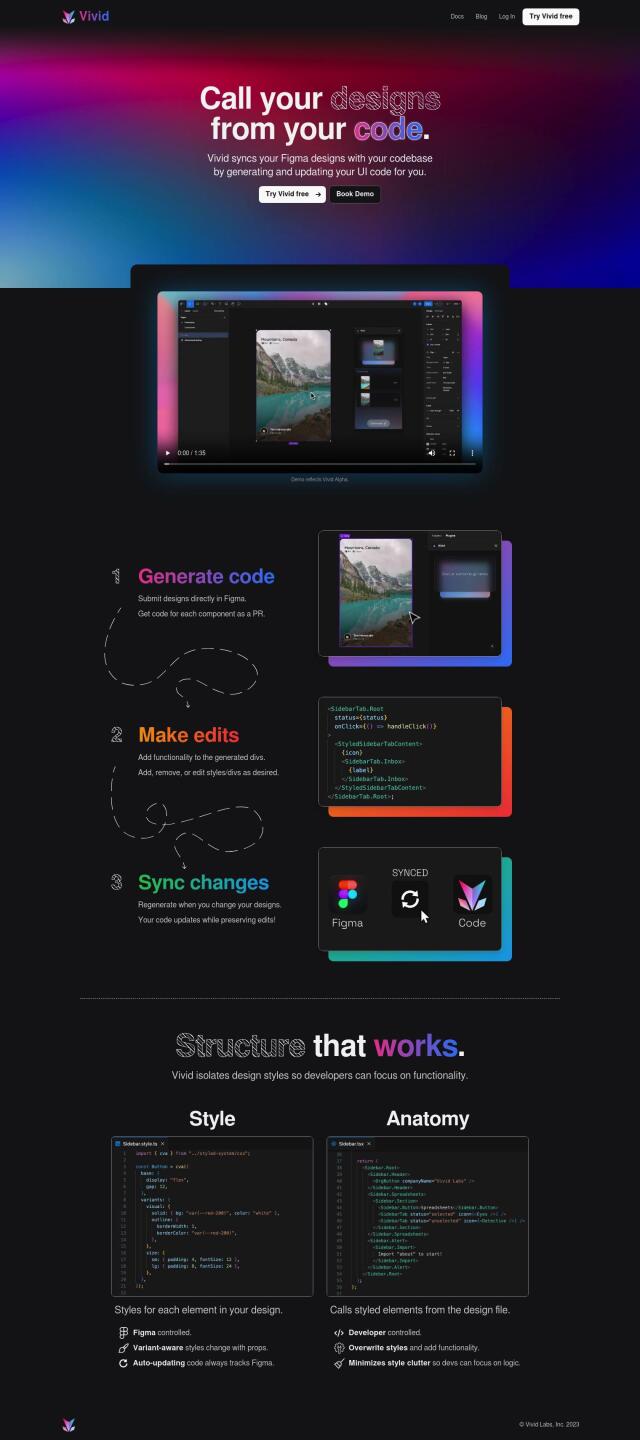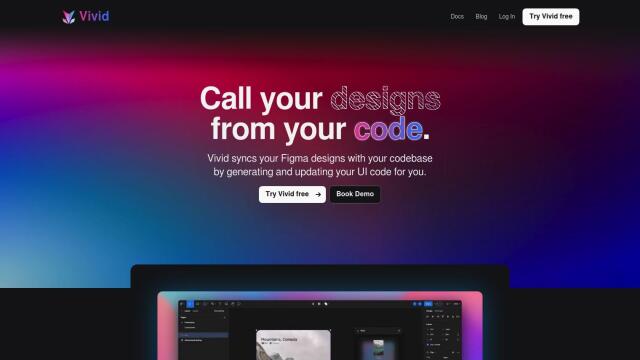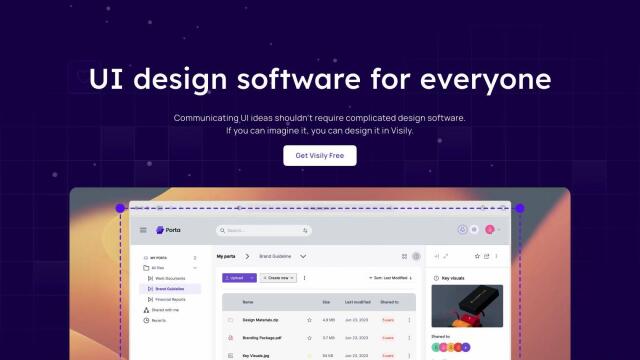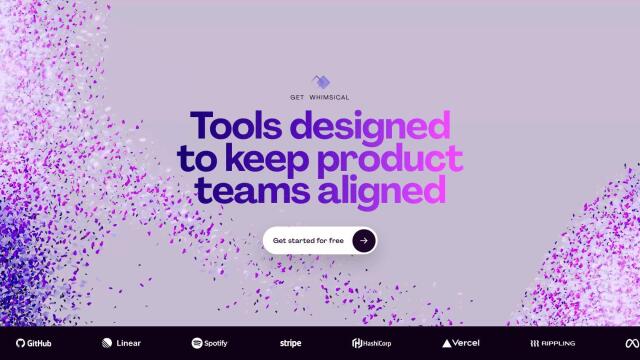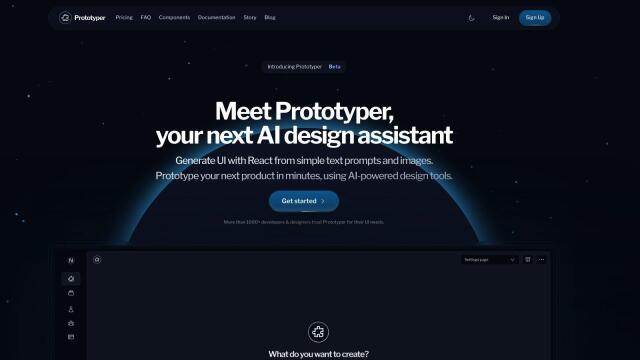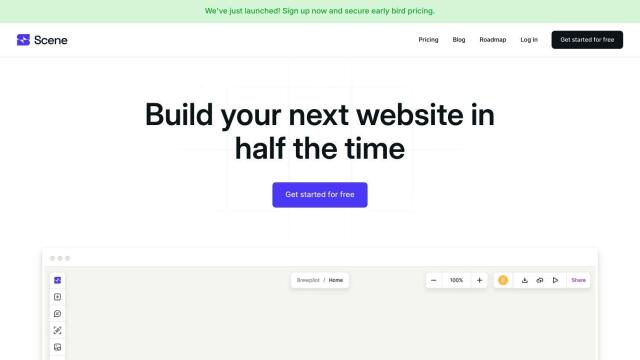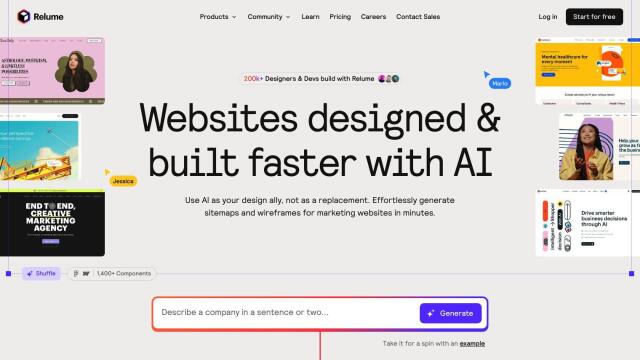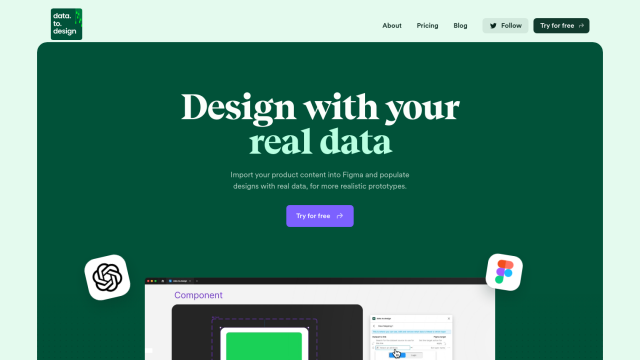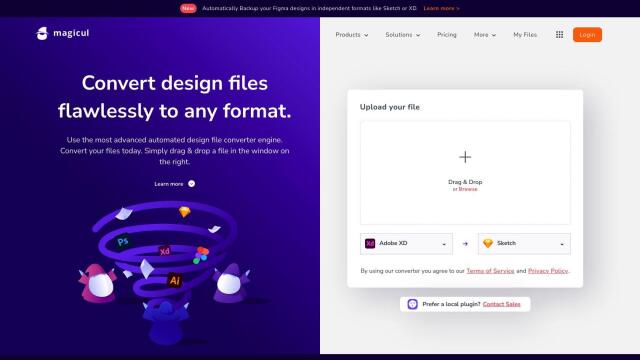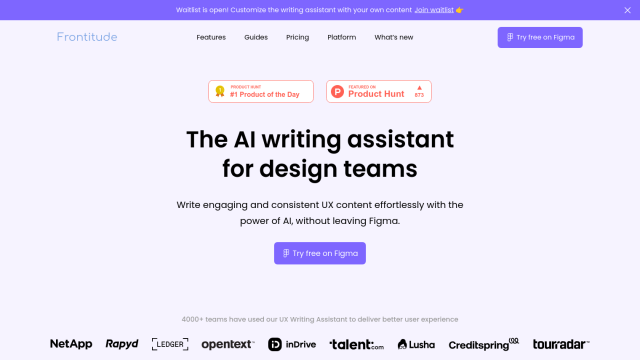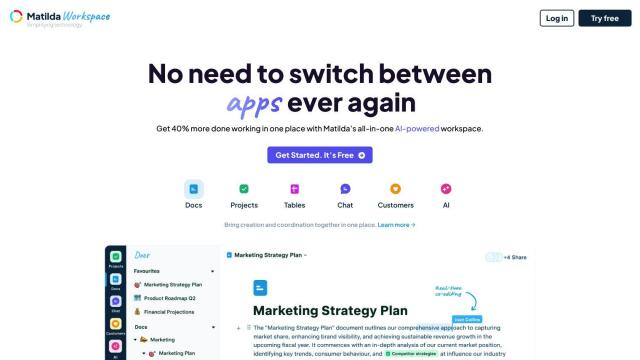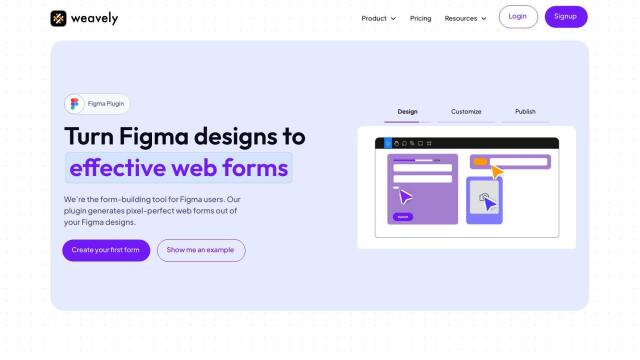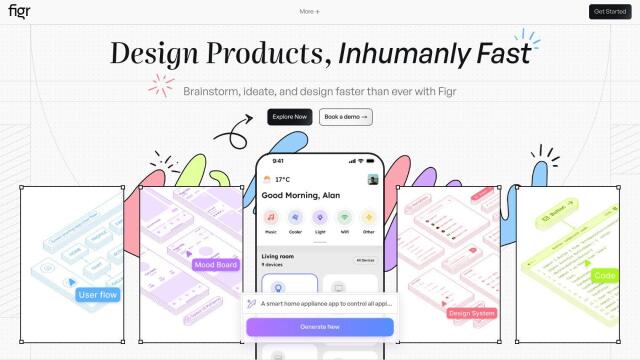Question: Is there a design tool that integrates with other tools and allows for seamless collaboration between designers, developers, and stakeholders?

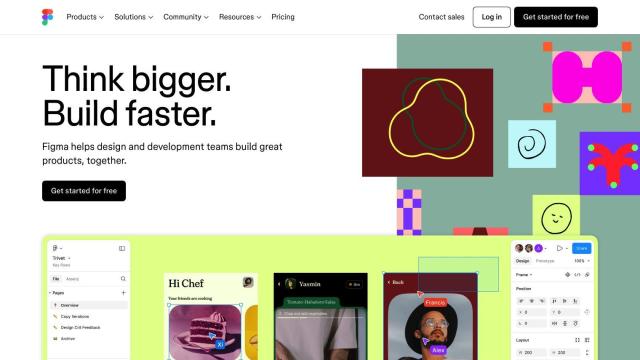
Figma
If you're looking for a design tool that plays well with others and helps designers, developers and stakeholders collaborate, Figma is a top contender. Figma is a collaborative design tool that spans design, prototyping, development and feedback. It's got features like AI-generated UI, auto layout, instant batch editing, AI-powered prototyping and embeddable prototypes in presentations. Figma also integrates with other tools and has a developer platform with REST APIs for third-party integrations, making it a good choice for getting work done efficiently.

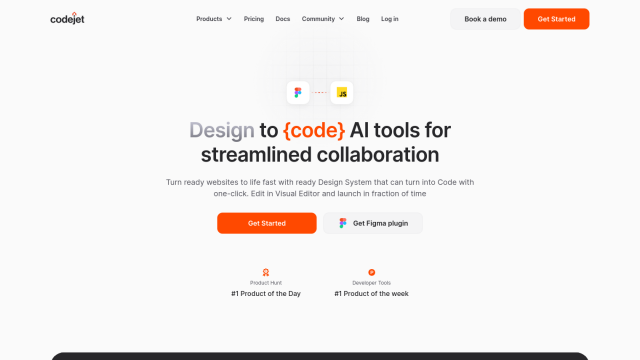
Codejet
Another contender is Codejet, which automates the process of turning designs into working code. It links designers and developers with a single Design System with 100+ styles, components and templates in Figma. Codejet includes AI Code Generation, a Visual Editor for code editing, and a Figma Plugin Assistant for responsive web design. It also deploys websites with a single click to custom domains or its own workspace, speeding up workflow and collaboration.
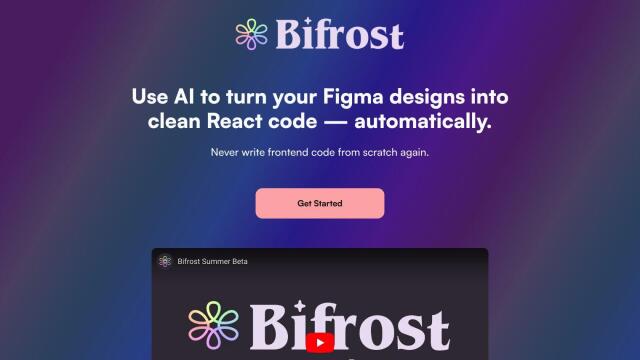
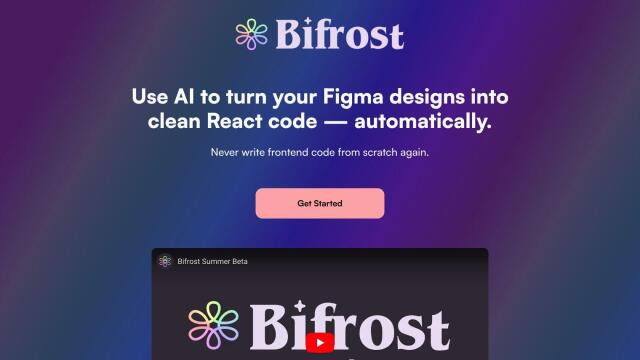
Bifrost
Bifrost is another AI-based tool that converts Figma designs into clean, type-safe and conditionally rendered React code. It integrates with popular frameworks like Tailwind and Chakra, so you can generate full component sets from Figma designs. Bifrost lets you update components with new design changes, focusing on high-impact features and efficient design updates.
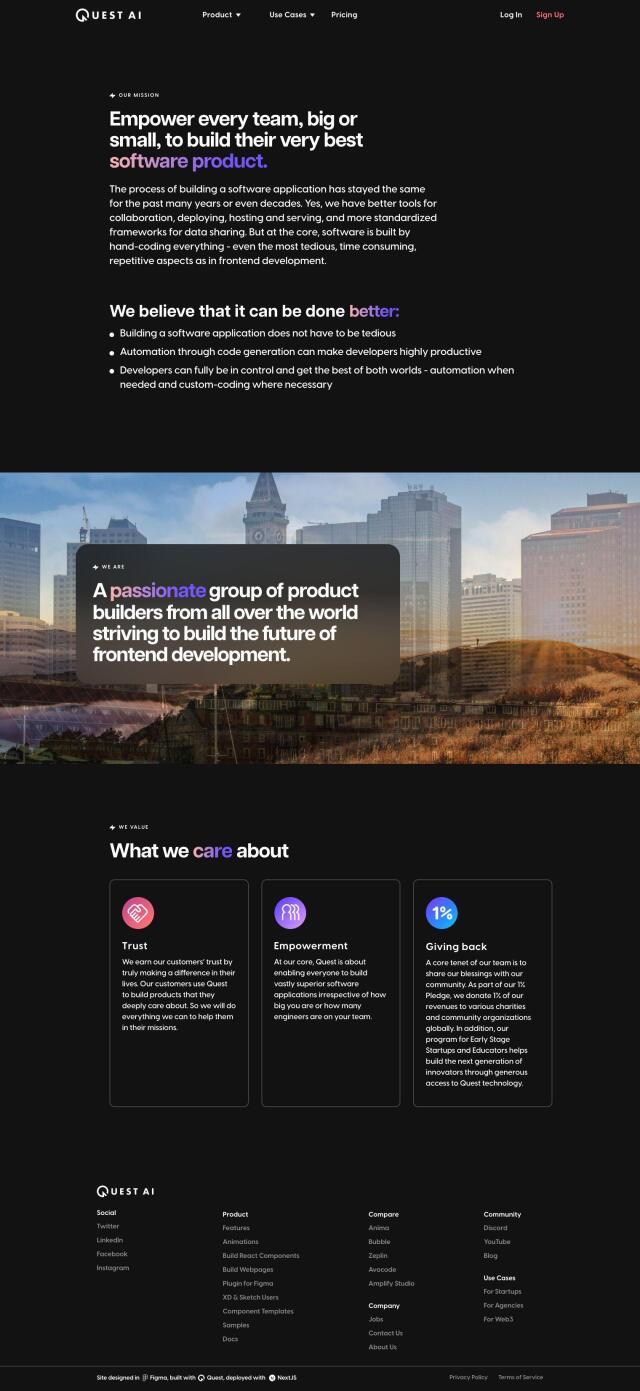
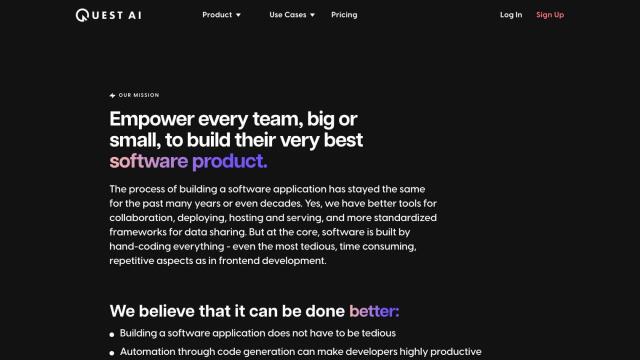
Quest
Last, Quest is geared for developers who want to turn their Figma designs into React components. It uses AI models to generate clean, modular code and integrates with design systems and component libraries. Quest includes tools like Figma to Code, Animation Library, and Clean Code, making it a good choice for development teams looking to speed up their workflow and improve collaboration.



